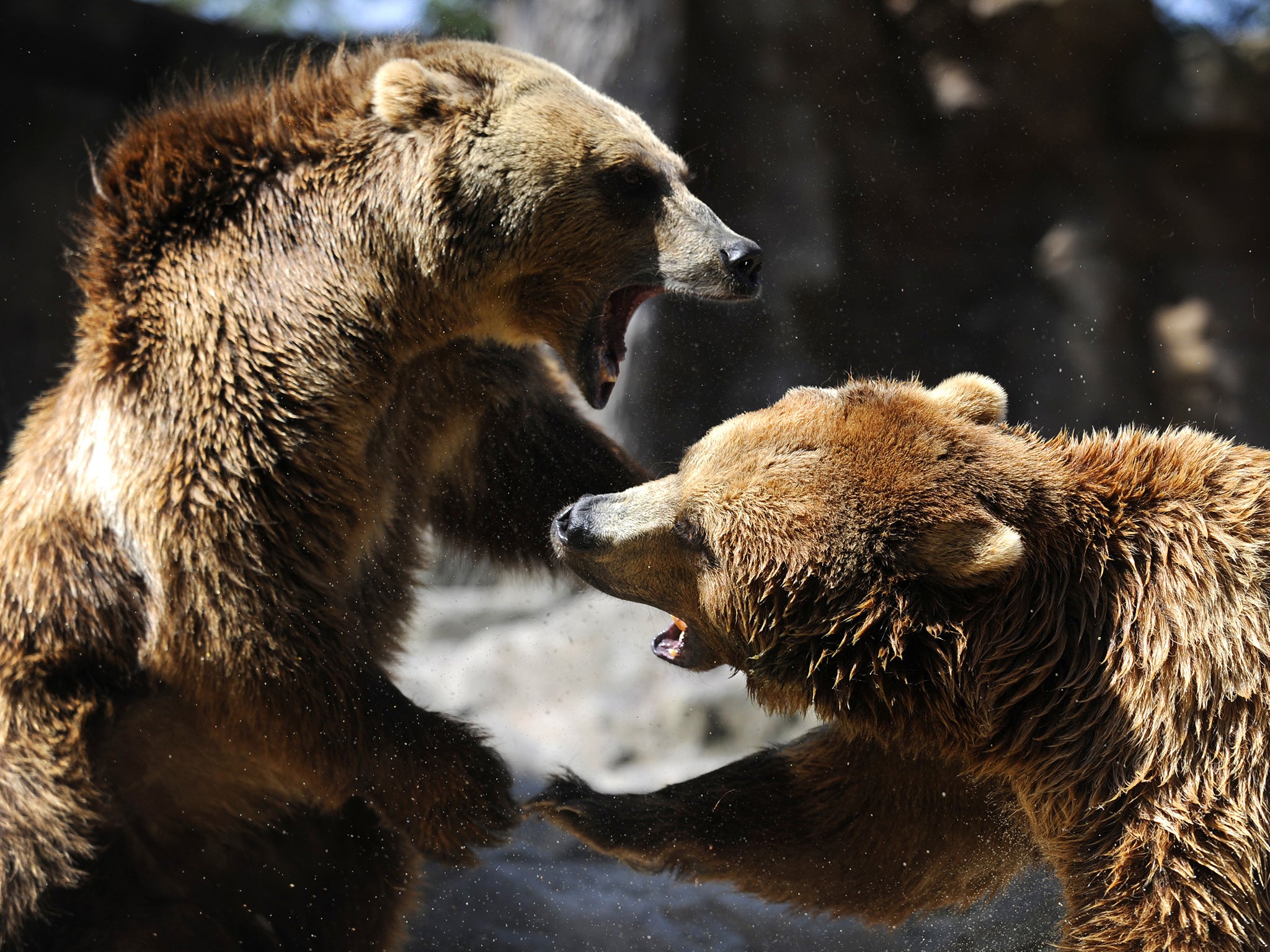A motorcyclist has been mauled to death by a brown bear in Carpathian Mountains of Romania, the latest fatal incident in a country home to the European Union's largest brown bear population.
The attack, which occurred on Thursday, highlights ongoing concerns in Romania, where a recent DNA study estimates between 10,000 and 13,000 brown bears reside.
The tragic event raises critical questions about how to respond to such encounters.
The U.S. National Park Service stresses that understanding bear behaviour is crucial for survival.
Bears are typically not aggressive without reason, usually attacking only when feeling threatened, protecting their young, or viewing a human as a food source.
While each situation differs, charges are generally classified as either bluff or aggressive.

Bluff charges
Bluff charges are more common and aim to scare or intimidate.
The park service says that when a bear bluff charges, it will usually have its head and ears up and forward, it will puff itself to look bigger, and bound on its front paws toward you, moving in big leaps before stopping short or veering off to one side.
So what should you do?
In this situation, regardless of the bear type, you should slowly back away while waving your arms above your head, and speak in a calm voice. When the bear charges you, hold your ground and stay calm, and only when it stops should you slowly retreat.
Whatever you do, don’t run off during a bluff charge.
Aggressive charges
Aggressive charges are cause for concern.
The park service says warning signs of an aggressive charge may be when a bear yawns or clacks their teeth, pounds their front paws on the ground while huffing, has its head down and ears pointed back.
Be ready to protect and defend yourself. But at this point, it’s important to distinguish what kind of bear you’re up against.
Black bear
If a black bear charges and attacks you, your best option is to stand your ground and fight back.
“Do not play dead. Direct punches and kicks at the bear’s face, and use any weapon like rocks, branches, or bear spray to defend yourself,” the park service suggests. But they are agile and adept at climbing trees, so on no account ascend the branches to evade them.
Hopefully, this will alarm the bear into a retreat.
Brown bear
If a grizzly or brown bear charges and attacks you, play dead. Panicking or screaming will alarm the bear and cause it to attack.
“Cover your head and neck with your hands and arms. Lay flat on your stomach, and spread your legs apart. Keep your pack on, it will help protect you during an attack. Stay still and don’t make any noise,” it said.
“Fighting back during an attack from a grizzly/brown bear will usually worsen the attack, but if the attack persists, then fight back with everything you have.”
Polar bears
Polar bears are slightly outside the remit of the U.S. National Park Service.
As polar bears are driven inland as a result of climate change melting the sea ice, encounters with the largest land carnivore on earth are increasingly likely. And while intimidation tactics might work, you won’t have a lot of options.
Best to avoid the scenario at all costs if you can help it.
Passenger plane with 50 people on board crashes in Russian wilderness
Toddler dies after ‘slipping from dad’s arms while going down slide’ at waterpark
Europe wildfires mapped: All the locations affected by wildfires this summer
Europe’s hottest workers demand protection as heatwave bakes region
Ukraine-Russia war latest: Kremlin says Putin-Zelensky summit ‘unlikely’ in August
France's first couple sue Candace Owens for defamation over claims that Brigitte Macron is a man







